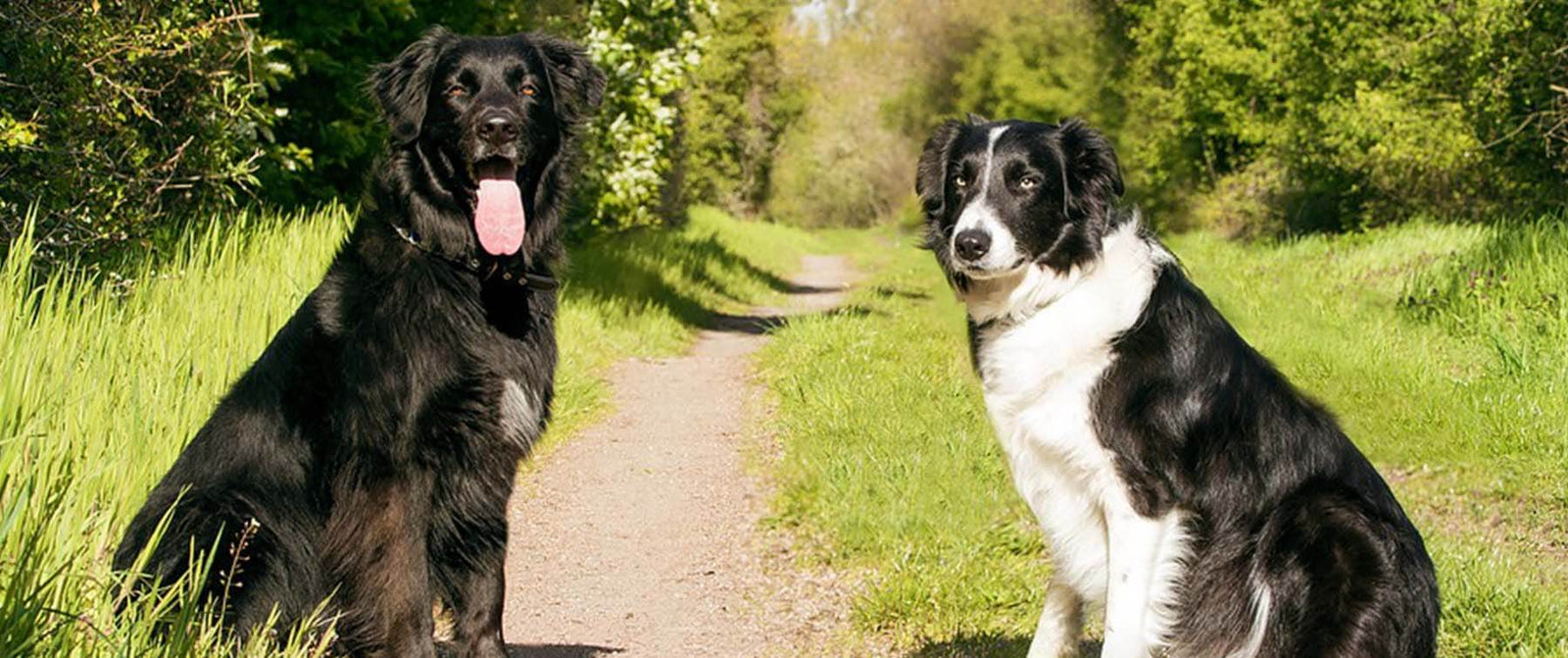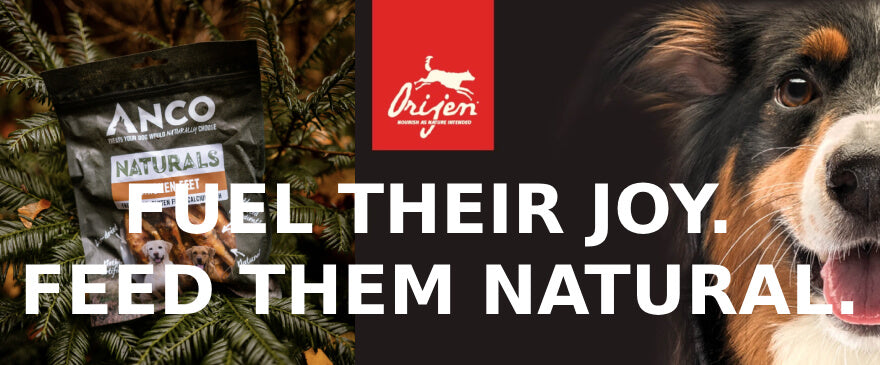FREE SHIPPING OVER £49 T&C'S APPLY
All about the Behaviours
April 24, 2019 3 min read 0 Comments

What is behaviour?
Animal Behaviour refers to everything an animal does including their movement and mental process. It is the way they interact with animals of the same species and different. Their behaviour can differ depending on their response to a stimulus. For example, your dog may get excited and energetic when you get their leader out.

Innate Vs Learned
Innate behaviour is not learned or practised. The animal is automatically born knowing this specific behaviour, the first time the proper stimulus is introduced. An example of innate behaviour is suckling. Animals are born knowing to suckle and how, without having to be shown.

However, learned behaviours are practised and taught to an animal from the environment or their mother.
Classical conditioning
Ivan Pavlov in the 1890s was a Russian Physiologist. He decided to research salivation in dogs in response to being fed. He did this by putting a small test tube into each dog's cheeks to measure the saliva when the dogs were fed.

His predication – They would salivate in response to the food placed in front of them.
Outcome - They began to salivate whenever they heard the footsteps of the person bringing the food.
Pavlov discovered that any object or event the dogs associated with food would trigger the same response.
He tested this discovery using a bell. He rang a bell around the dogs, no response. He continued to ring the bell but gave the dogs food when he rang the bell. They started to associate the bell with food and whenever they heard the bell, they salivated.

Operant conditioning – Learned behaviour
This type of conditioning uses rewards and punishments for behaviour. An individual will make an association between a behaviour and a consequence. B.F Skinner found that behaviour followed by pleasant consequences is more likely to be repeated than unpleasant consequences.
He introduced a new term into the Law of Effect – Reinforcement Behaviour, if the behaviour is reinforced it tends to be repeated, behaviour which is not reinforced (ignored) tends to die out.

He carried out his studies using animals in a ‘Skinner Box.’ He identified 3 types of responses:
- Neutral operants: Responses from the environment that neither increase nor decrease the probability of a behaviour being repeated.
- Reinforcers: Responses from the environment that increase the probability of a behaviour being repeated. These can be either positive or negative.
- Punishers: Responses from the environment that decrease the likelihood of a behaviour being repeated. The punishment will weaken the behaviour.
Positive Reinforcement
In his Skinner Box experiment, he had a lever on the side of the box when he placed a rat inside, it would move around eventually knocking the lever by accident. A food pellet fell into the box next to the lever straight after. The rats soon learned to go straight to the lever after been put in the box a few times, the fact they got food after pressing the lever meant this behaviour would be repeated.
Positive reinforcement encourages specific behaviour by providing a positive reward for the action.
Negative Reinforcement
This is not where an animal gets punished for a behaviour, which is what it can be confused for. It is where an unpleasant consequence is removed by a wanted behaviour. He showed this by placing a rat in his Skinner Box and giving it an electric current, causing discomfort. Just like before when the rat moved around, they would accidentally hit the lever, the electric current would then be switched off. Eventually, the rats learned to go straight to the lever when getting placed in the box. They would repeat this action as it allowed them to escape the electric current.
He then went on to teach the rats to avoid the electric current by turning a light on just before the electric current came on. They learned to press the lever when the light came on since they knew this would stop the electric current being switched on.

Animals behaviour can be affected differently depending on their species and their environment. They will adapt their behaviour to the environment in hopes to get more rewards and less negative consequences. A part of an animal adapting to survive is changing the way they behave.
Also in PetnPony Blog

Chronic Kidney Disease in Cats - Royal Canin
February 24, 2025 3 min read 0 Comments
Cats - like dogs and humans - have two kidneys situated in the abdomen close to the spine and last rib. They are vital organs, continually filtering toxins and waste materials from the blood and producing urine to enable those toxins to be excreted from the body.

Fuel Their Joy, Feed Them Natural: Discover Premium Dog Foods at PetnPony
August 08, 2024 4 min read 0 Comments

20% Off Burns Original Recipes at PetnPony this August! Natural, Hypoallergenic, and Delicious!
August 05, 2024 3 min read 0 Comments

